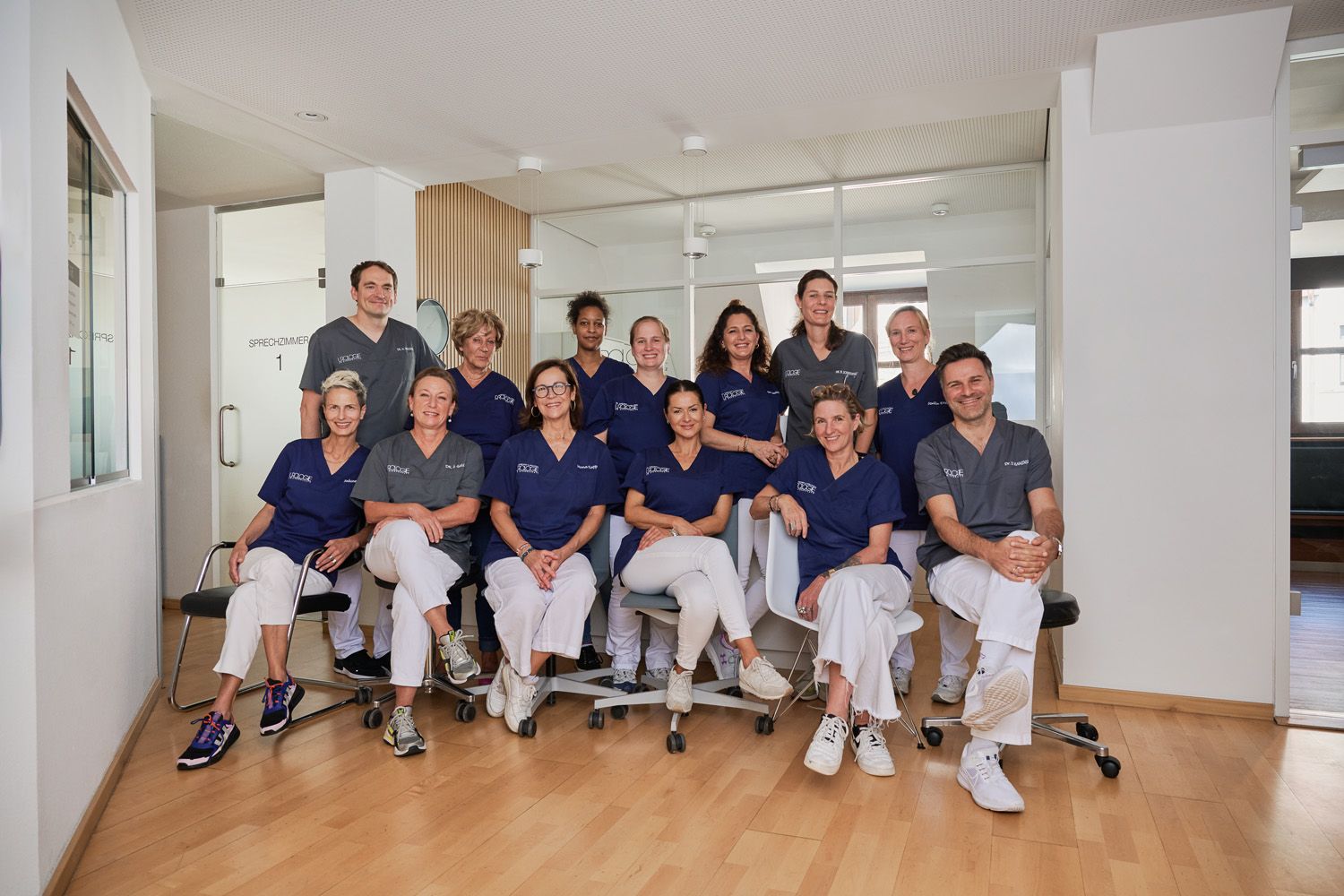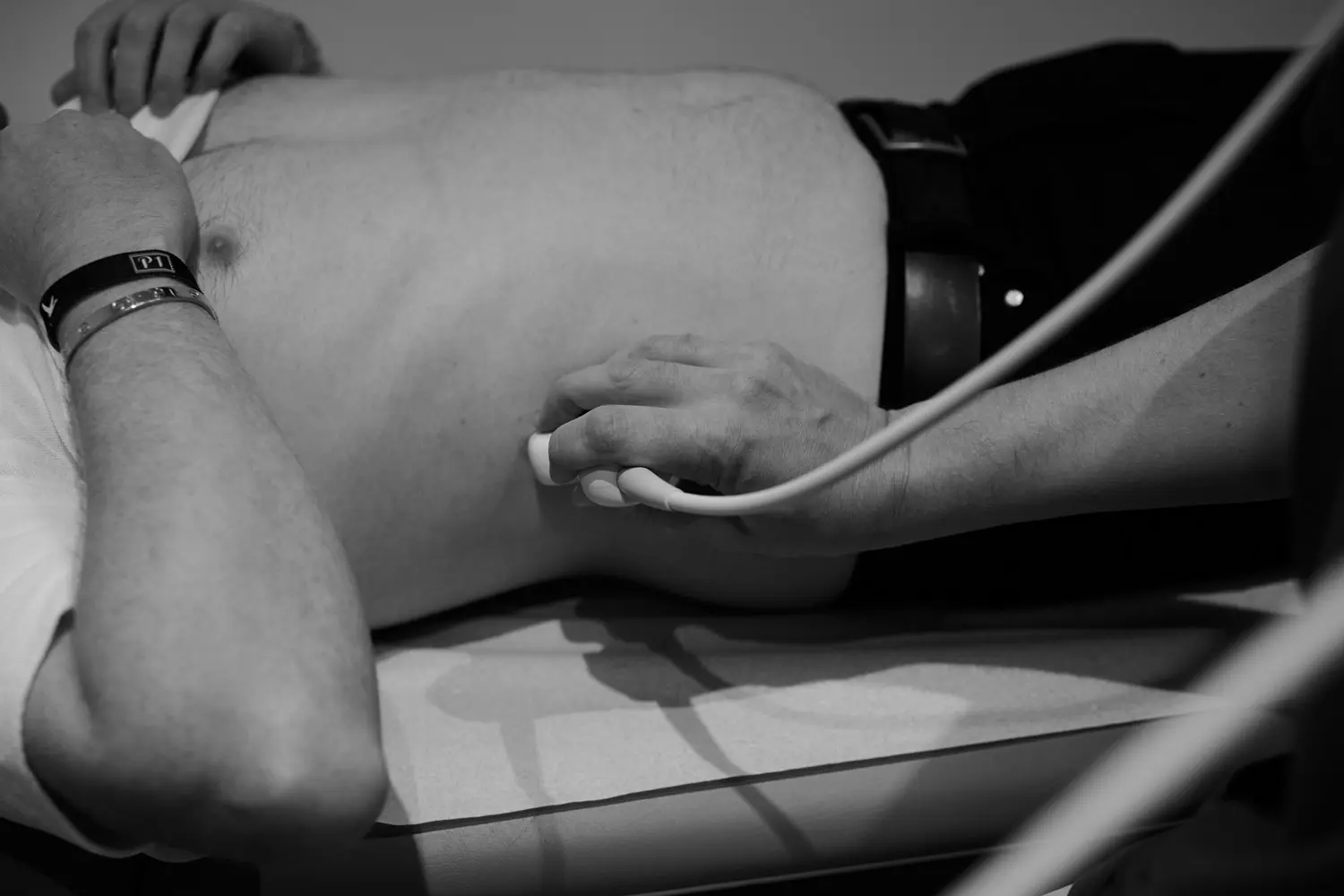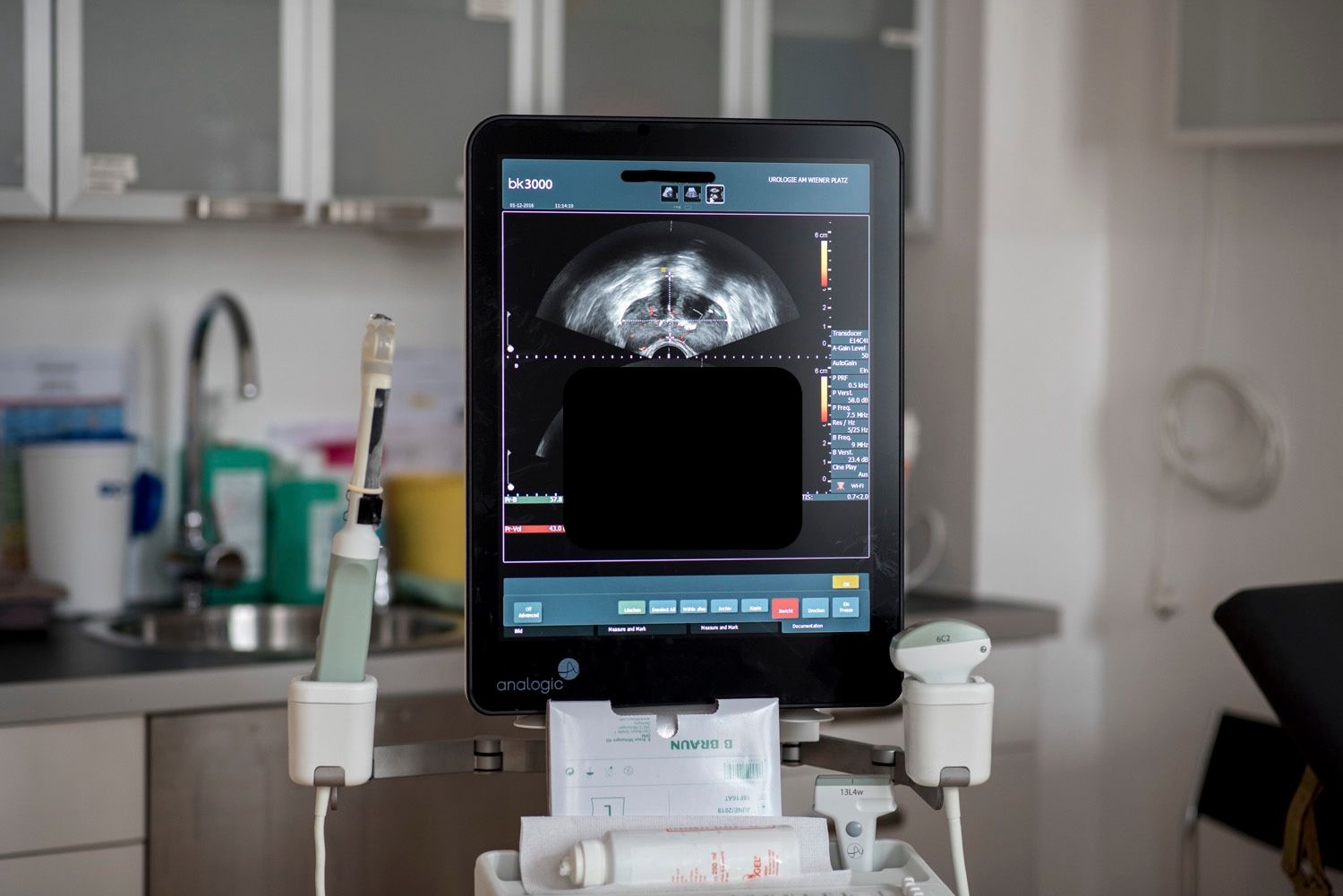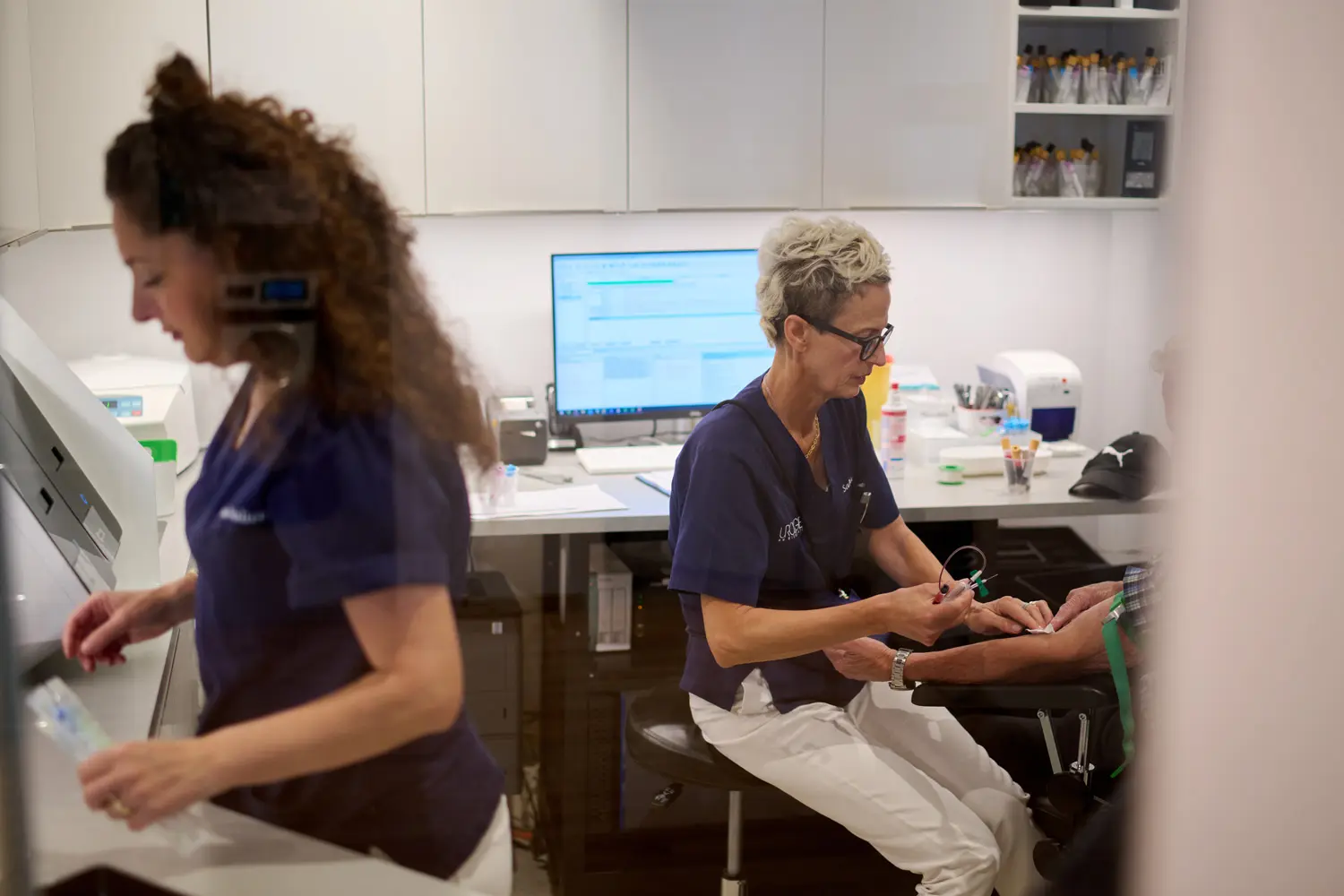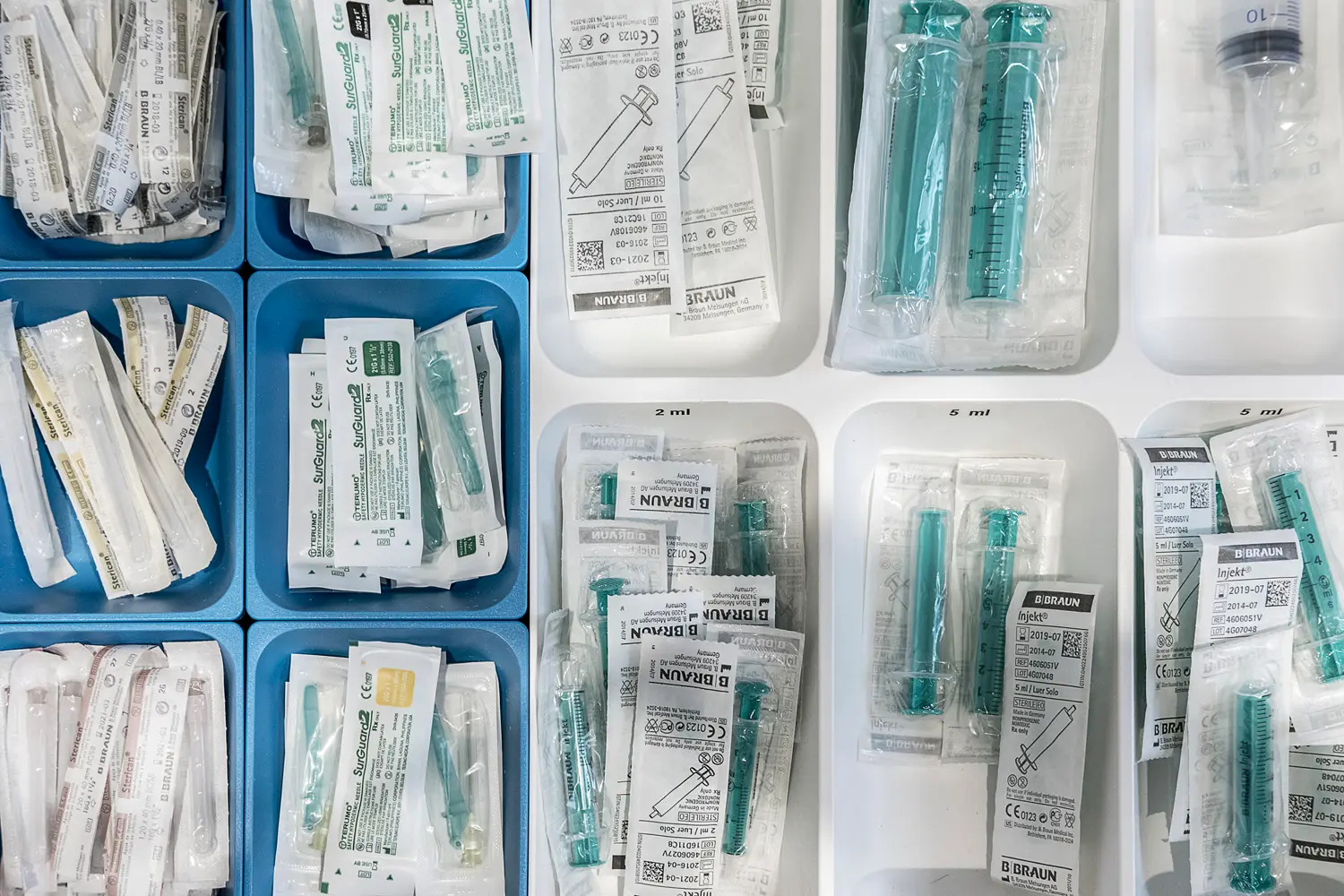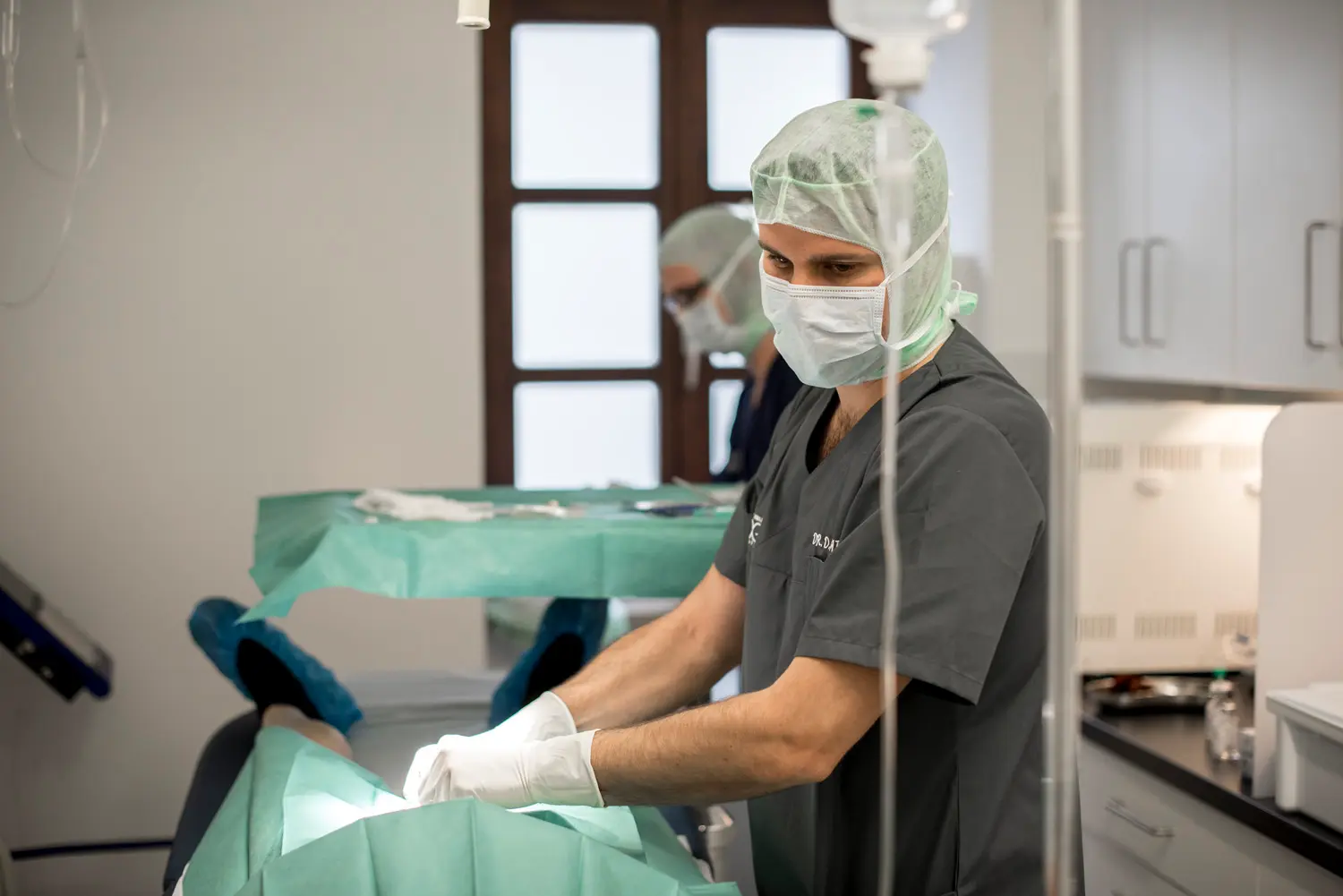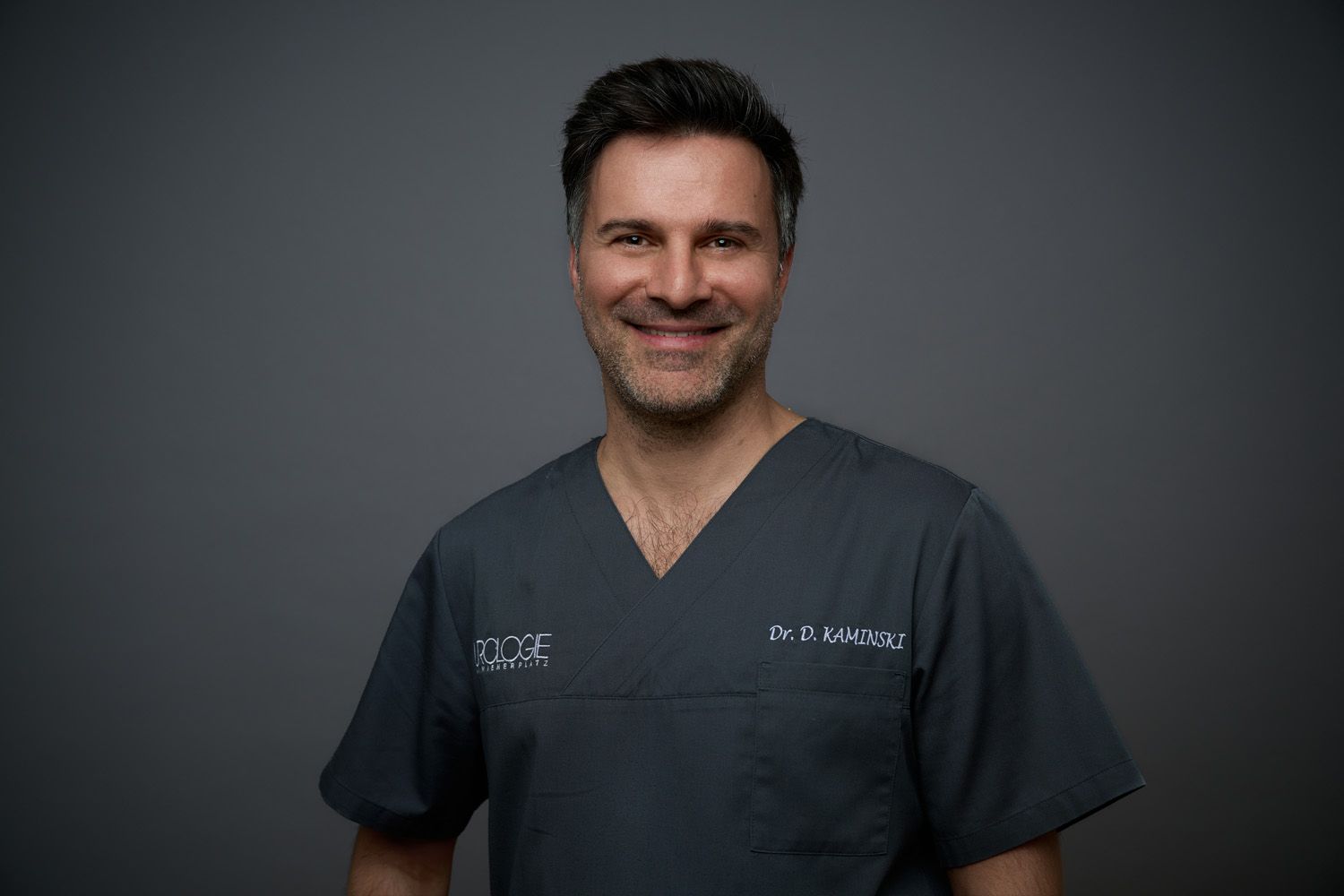
Services
Sometimes it just makes sense to listen to your best friend – because they can significantly influence your life. This happened to Dr. Daniel Kaminski, a specialist in urology in Munich. Although his father was already working as a urologist in Munich with his own practice, Kaminski initially wanted to take a completely different path and began studying philosophy, politics, and economics. But his best friend, who was already deep into medical school, spoke so convincingly about medicine that Daniel Kaminski couldn't help but change his field of study. So from 2000, he studied all pre-clinical subjects in Munich, he completed his clinical training at the Charité in Berlin. In 2006, Kaminski went to the USA on a scholarship, specifically to the urological and surgical department of the Northwestern Memorial Hospital in Chicago. There, another influential personality impacted his medical career: One of the most renowned doctors there and also a surgeon on the „Board of Surgeons of the USA“ was so taken with the idea of a joint practice of father and son (original wording „Kaminski and Kaminski“) that Dr. Daniel Kaminski, after his stay in Chicago, completed his assistant time in 2006/07 in his father Nathan's practice and worked with him until his retirement at the end of 2022. He completed the four-year specialist training in urology and andrology at the Klinikum Rechts der Isar under Prof. Jürgen Gschwend.
Where modern medicine meets personal expertise
In the lively Munich district of Haidhausen, right at Wiener Platz, you will find the group practice of Dr. Kaminski, Dr. Gaul, Dr. Wenders, and Dr. Schneevoigt in a beautiful old building. Across a total of 450 square meters, there are eight treatment rooms, two laboratories, an operating area, a cystoscopy room (for bladder examinations), as well as a pelvic floorand biofeedback room. In the bright and friendly furnished rooms, the four doctors, together with a team of around thirty employees, offer a comprehensive range of treatments that encompass all diseases of the urological organs such as the kidney, bladder, prostate, and male genitalia. This diversity is also appreciated by patients who primarily visit the practice for prostate screenings and follow-ups, urinary tract infections, stone diseases, or follow-ups for cancers such as testicular or bladder cancer.
Thanks to the in-house operating room, all outpatient procedures – such as vasectomy (male sterilization), circumcision (foreskin removal), or minimally invasive procedures on the external genitalia – can be performed directly on-site and by the medical team itself. "Smaller procedures that still require inpatient treatment, we perform as attending doctors at the Isar Clinic in downtown Munich. This would be, for example, the transurethral resection of the prostate (TUR-P), i.e., the removal of excess prostate tissue, or the removal of kidney or bladder stones," explains Dr. Kaminski. "Very major procedures, like a complete prostate removal, we again refer to our partners like the Klinikum Rechts der Isar, the Isar Clinic, or the Krankenhaus Barmherzige Brüder," says the doctor.
"The new generation is more open. In the past, 'men' didn’t go to the doctor unless they had to."
Dr. Daniel Kaminski
Much to Dr. Kaminski's delight, prostate screenings at the urologist have now become more prevalent – especially among young men. "The new generation is more open in this regard. In the past, 'men' didn't go to the doctor if they had nothing wrong. However, considering that one in eight men develops prostate cancer, screening is an important step to detect this disease early and choose the best possible therapy." Thus, the German Society for Urology recommends having a urological screening examination every one to two years, starting at the mid-40s at the latest.
Furthermore, the innovative practice features its own fertility department and a pelvic floor therapist who offers excellent incontinence therapy.
Although the experienced medical professional has been demonstrating his outstanding expertise daily for over 15 years, learning does not stop for him. At important national and international specialist congresses, during on-site training, or through articles in professional magazines, Dr. Kaminski continuously further educates himself – not only with regard to current surgical techniques or treatment strategies but also in the field of the most modern technical and digital devices – true to his motto: "Medical development never stops." Thus, the practice uses state-of-the-art devices and examination procedures that are continuously developed and adapted to the current state of science. Both doctor and patient benefit equally from this: The latest devices work with the highest precision – measurement errors are thereby minimized, and diagnoses can be clearly and reliably formulated.
"Medical development never stops."
Dr. Daniel Kaminski
One of the most popular device-based procedures regularly used by Dr. Kaminski is MRI fusion biopsy. In this modern method of targeted tissue sampling, the high image resolution of magnetic resonance imaging (MRI) is combined with real-time ultrasound display. How exactly does that work? First, an MRI is used to create a very precise image of the prostate. If these images show suspicious areas, they are combined with a current ultrasound image during the biopsy so that the doctor can see exactly where to take the tissue sample. This increases the chance of accurately detecting pathological changes, and fewer samples need to be taken.
Dr. Kaminski, Dr. Wenders, and Dr. Schneevoigt also prefer the so-called no-scalpel vasectomy. In this modern method of male sterilization, the vas deferens are severed without cutting the skin with a scalpel. Instead of an incision, the skin is gently stretched with a fine clamp or special tip. This allows the doctor to reach, cut, and seal the vas deferens. The big advantage of this technique is the reduced tendency to bleed, the reduced risk of infection, and often faster healing compared to conventional vasectomy.
Another advantage of the practice is the close collaboration with one of the best radiologists in the city. “With Dr. Stiess and his colleagues, I have the best experts at my side for all radiological examinations that a urological practice can offer,” says Dr. Daniel Kaminski.

